A mesh Wi-Fi system might be just the thing your home needs to eliminate those final black spots and take advantage of your new NBN connection – or even just give you the network stability you need to stream your favourite show without stuttering. Instead of a chunky router and multiple extenders, you can choose how many mesh system devices you need to give your home full coverage.
Many mesh systems can even fully replace the router that your ISP gave you when you signed up, and this could bring your Wi-Fi up to spec for today’s 4K streaming and VR.
What is a mesh system?
Traditional Wi-Fi systems consist of a router, that creates a Wi-Fi network, and perhaps some extenders. The problem with a single router is that the Wi-Fi network it creates might not reach every room or area in your house. To get rid of these network black spots, you can install so-called extenders. These can work well, but each extender creates its own Wi-Fi network in turn. This means your device – as in your phone, tablet, even smartwatch – has to switch between networks as you move around your home. And that can lead to stuttering or even momentary drop-outs.
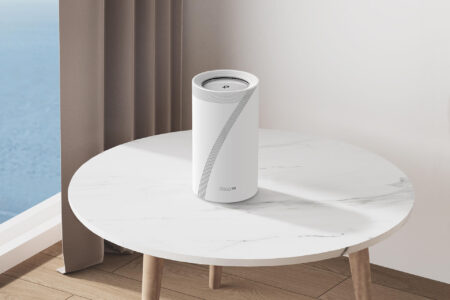
In contrast, a mesh system consists of multiple units that link together using the afore-mentioned mesh network. This network isn’t accessed by your devices, it just keeps each unit in the mesh connected to the others. Each unit then broadcasts the same Wi-Fi network details – including SSID and password – so that as you and your device, say a tablet, move around the home, as far as your tablet knows it is always on the same Wi-Fi network.
In fact, in the background, the mesh system is handing the device from unit to unit depending which one can provide the best signal strength.
Why would you need a mesh Wi-Fi system?
The main immediate benefit of a mesh system is simplicity and network stability. Instead of having to set up multiple Wi-Fi extenders each with their own SSID (think HomeWiFi, HomeWiFi-EXT1, HomeWiFi-EXT2, ugh!) and password, there’s just one set up process, usually through a simple app.
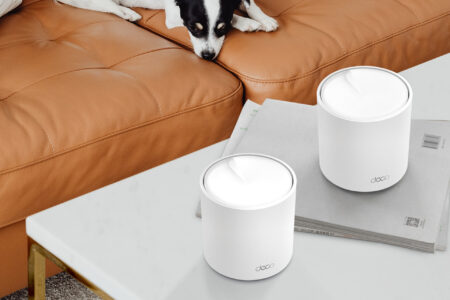
If you have a rambling home or you want Wi-Fi in a separate building, such as a granny flat you use as an office, or especially if you have a lower-level rumpus room or a second-storey bedroom, you will almost certainly need more than one device to broadcast your Wi-Fi. You can place a mesh unit upstairs, one downstairs, and one in the granny flat. These will connect with each other and ensure a single, reliable Wi-Fi signal is provided across your property.
A mesh system also future-proofs your Wi-Fi reception, because you can add extra (compatible) units whenever you like. Say you’ve spent years just using a ground floor home office and then you build an extension upstairs. The new office might be just out of reliable range of your existing mesh units, so you can purchase another one and place it somewhere on the new upstairs level.
Using an app, you can add the new unit to the existing mesh system, and suddenly you have strong, reliable Wi-Fi in the new room. What’s more, your computer and phone will already connect to this, without you needing to mess around with Wi-Fi settings, because the mesh has extended the existing network into the new rooms.
Naturally, you can also take your mesh system to a new home, and add or remove units as needed.
Each mesh system has its own set of specifications. To get the latest, look for systems offering Wi-Fi 6E or Wi-Fi 7. These are the latest Wi-Fi protocols with the best speed and widest compatibility, and if a mesh system has Wi-Fi 7, the rest of its spec is almost certainly top tier as well.
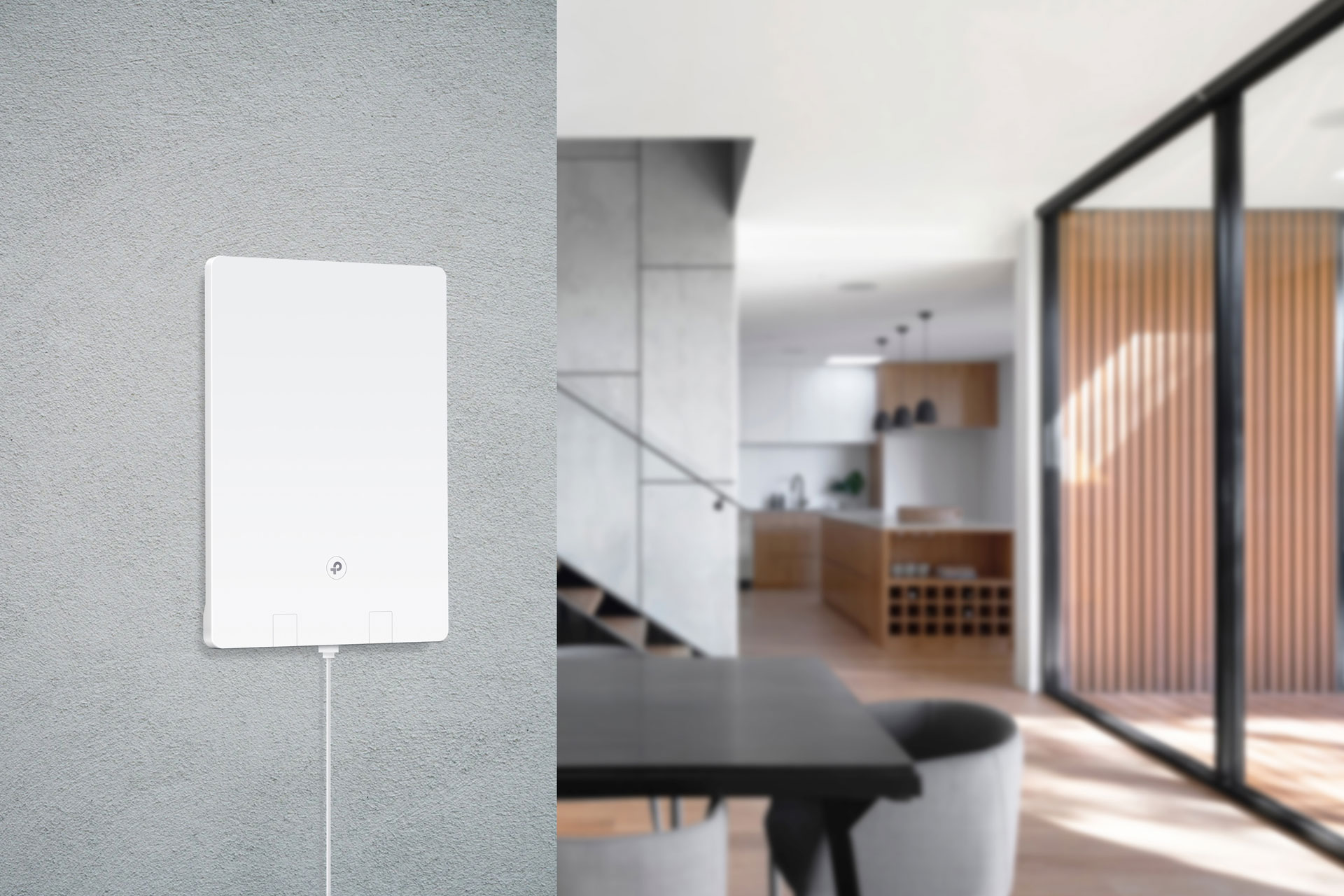
What do you get from your ISP?
Most ISPs provide a device that creates a Wi-Fi network and connects to the internet at large. Sometimes this is an all-in-one modem/router, but for NBN plans and some fixed wireless plans, the ISP might install a box on your wall and then provide a basic router.
The router manages your access to the internet and lets each device on the Wi-Fi network also go online. Most ISP routers are pretty basic and use older Wi-Fi protocols which can’t take advantage of higher bandwidths.
Some ISPs do offer a mesh system instead of a basic router, although this is almost always at an extra cost. The good news is that your ISP may offer a decent mesh system at a heavy subsidy, as much as $250 off for a three-unit system. Of course, you have to take the brand your ISP has on offer, and if you’re the kind of gadget fan who likes to have the absolute cutting-edge kit, these mesh systems won’t be for you.
How to set up a mesh Wi-Fi system
Each mesh system is subtly different but all work on the same principles. One unit will be designated as the main router and connect directly to your internet connection. For NBN fibre users this will be the Network Termination Device (NTD) which is the box on the wall on the inside of your home.
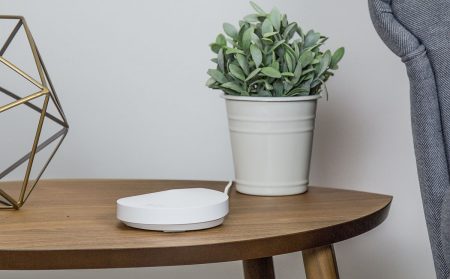
Other ISPs might have a separate modem, which you can connect to with an Ethernet cable. Be careful about connecting to an existing modem/router that has its own Wi-Fi, as this can cause complications with signal interference. If in doubt, give your ISP a call and say you are connecting a new mesh system, and ask what you need to do.
Once you have the first mesh device plugged in, most mesh systems provide an app to step you through setup. Follow the instructions to create a Wi-Fi network. You can stick with a default name or create your own. If you are familiar with setting up a new Wi-Fi network, there won’t be much to surprise you here.
Eventually, you will have the option of adding additional mesh units. Place each unit where you think it will provide the best reception, and then ask the app to identify and connect to the new units. If the units can’t be found, move them closer to the first unit. The app will provide advice and help, and you’ll be able to work out the best setup in no time. Remember: if there’s still a black spot at the very far end of your house, you can just add another compatible mesh unit.
When you don’t need mesh Wi-Fi
Mesh systems really simplify the process of setting up and extending a Wi-Fi network for your home. But if you are in a small flat, or only have access to slow internet (below 50Mbps), a mesh system might be overkill for now.
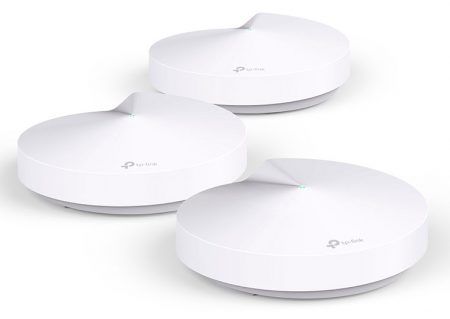
Also, if you rely on a 4G or 5G mobile signal for your internet (i.e. there’s no NBN or similar broadband access at your place) you might have to look a bit further to find a device that will support you. Some standalone routers support both 4G connections and have mesh compatibility, but be careful to read the small print to be sure the unit will work for you.
All this said, if you are starting from scratch and don’t already have a router, or the router your ISP gave you really does seem like a hunk of junk, you can start with a single-unit mesh system. It might sound a bit like a contradiction, but by starting with a single unit you still get a very capable router and Wi-Fi system in one, and you can add extra units later if your situation demands it. Mesh systems are all about flexibility.
Read more about mesh Wi-Fi on GadgetGuy.
Read GadgetGuy reviews of mesh products from this article’s sponsor:
TP-Link Deco BE85
TP-Link Deco PX50
The post How to create a great home network with mesh Wi-Fi appeared first on GadgetGuy.




0 (mga) komento:
Mag-post ng isang Komento